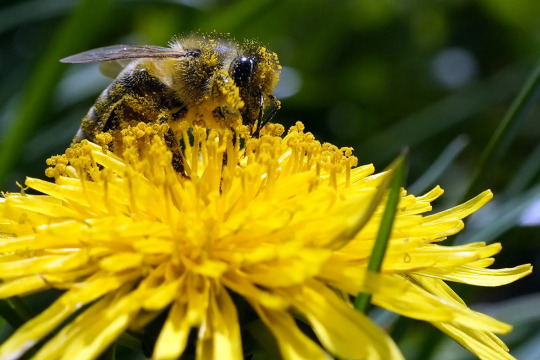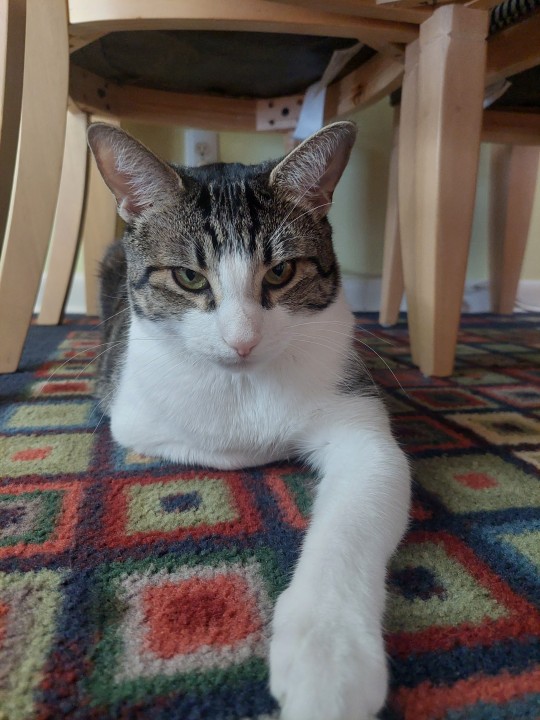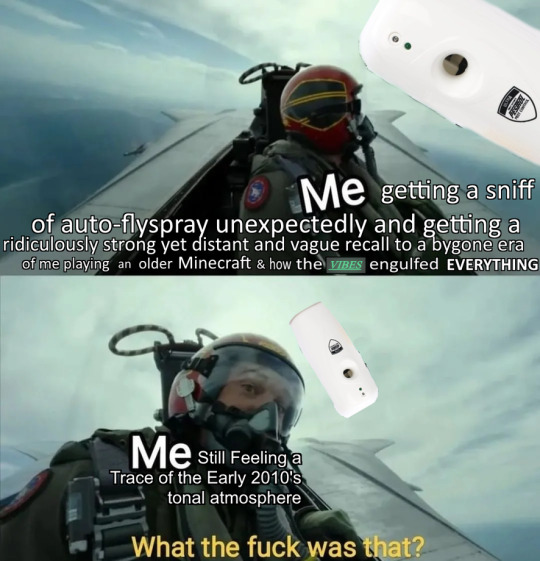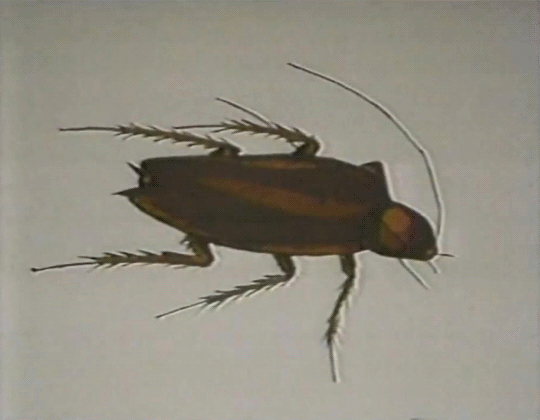#insecticide
Text

Hiruko the Goblin ✦ 1991 ✦ 妖怪ハンター ヒルコ
#Hiruko the Goblin#妖怪ハンター ヒルコ#yokai#tokusatsu#Japanese horror#spider#insect#horror#Hammersmith Horror#comedy horror#90s horror#practical effects#camping#Insecticide#pesticides#bug spray
320 notes
·
View notes
Photo

Source details and larger version.
21 notes
·
View notes
Text
beat me outta me
22 notes
·
View notes
Text

Mothball
#mothball#mothballs#insecticide#wikipedia#wikipedia pictures#naphthalene#pesticides#pesticide#insecticides
20 notes
·
View notes
Text

Southside Picnic Doused with DDT to Prevent Spread of Polio
July 30, 1946: Walter Hoagberg sprays DDT in the Southside Picnic area in an effort to curb the spread of polio. The annual Southside Picnic was one of the few mass gatherings still scheduled that late July. Earlier that day, the Minneapolis Park Board announced cancellation of all parks programs and Minneapolis city officials requested all parents impose a voluntary quarantine for children to be kept home for the duration of the polio outbreak. Even the State Fair would be cancelled that year. By late July, Minneapolis cases were up to 202 for the year with 14 deaths. The majority of cases involved children under the age of 15.
In early 1947, the newspaper cited 1946 health department records, which indicated 766 Minneapolis cases and 47 deaths for the year. An additional 1,071 non-residents were treated in Minneapolis hospitals that year. Minneapolis was known as one of the best polio treatment places in the country, thanks to the treatment being provided at the Sister Elizabeth Kenny Institute and the facilities at the Michael Dowling School. Statewide, there were nearly 3,000 polio cases and 226 deaths in 1946.
Photo from the Minneapolis Newspaper Photograph Collection in the Hennepin County Library Digital Collections. See more polio photos in the collection.
44 notes
·
View notes
Text










this man had so many phases and still looked good
#kurt cobain#kurt donald cobain#kurdt kobain#kurt kobain#nirvana#nirvana nevermind#in utero#insecticide#in bloom#bleach#90s rock#90s icons#90s grunge#90s
256 notes
·
View notes
Text
23 notes
·
View notes
Text

Silly man with only silly thoughts- thoughts of what? Fire
#original character#oc artwork#digital art#oc artist#oc#my art#original art#original story#insecticide#insecticide story#angel#angel oc#angel character
7 notes
·
View notes
Photo

Photograph: Darko Vojinović
#bee#serbia#climate change#insecticide#farmcore#field#nature#trees#forest#woods#cottagecore#landscape#explore#travel#travelling#inspiration#photography#aesthetic#peace#peace photography
140 notes
·
View notes
Photo

Source details and larger version.
Abuzz: vintage flies.
#fly#ornate capital#letter t#capital t#insecticide#exterminator#1910s#vintage illustration#illustration
16 notes
·
View notes
Text
The federal Animal and Plant Health Inspection Service is proposing to spray toxic insecticides within treasured and significant landscapes of the Colorado Plateau in northern Arizona to kill native grasshoppers.
The areas being considered include portions of the Vermilion Cliffs National Monument, Grand Canyon-Parashant National Monument, and the newly designated Baaj Nwaavjo I’tah Kukveni – Ancestral Footprints of the Grand Canyon National Monument.
“This is a dangerous plan that could kill creatures that are key to northern Arizona’s unique biodiversity, which these national monuments were designated to protect,” said Taylor McKinnon, Southwest director at the Center for Biological Diversity. “The federal government needs to stop downplaying the extinction crisis and back off its reckless plan to smother biodiversity hotspots with toxic pesticides.”
One out of every 10 plant species in the Colorado Plateau region is found nowhere else on Earth.
The agency's draft environmental assessment omits mention of the national monuments and unique species and habitats they were designated to protect. These species include rare bees, butterflies and other creatures found nowhere else, like the Kaibab monkey grasshopper and House Rock Valley chisel-toothed kangaroo rat, specifically named in the August proclamation establishing the Baaj Nwaavjo I’tah Kukveni National Monument.
APHIS oversees and funds the application of multiple pesticides on rangelands to prevent native grasshoppers and Mormon crickets from competing with livestock for forage.
The proposed insecticides — carbaryl, diflubenzuron and chlorantraniliprole — are indiscriminate. In addition to the grasshoppers the agency is targeting, the insecticides can also kill bees, moths and other insects. Spraying can harm entire ecosystems by disrupting pollination and can harm populations of birds, reptiles and mammals who feed on grasshoppers and insects.
Although grasshoppers and Mormon crickets can be locally abundant from time to time, native plants and other wildlife evolved with these cycles. Introducing pesticides to eliminate native grasshoppers is a shortsighted, quick fix that fails to consider the complex interrelationships within these delicate ecosystems.
The agency’s draft analysis shows that it has failed to consult with affected Tribes with ties to the Grand Canyon area. The Grand Canyon Tribal Coalition, which proposed the Baaj Nwaavjo I’tah Kukveni National Monument, includes members of the Havasupai Tribe, Hopi Tribe, Hualapai Tribe, Kaibab Band of Paiute Indians, Las Vegas Tribe of Paiutes, Moapa Band of Paiute Indians, Paiute Indian Tribe of Utah, Shivwits Band of Paiutes, Navajo Nation, San Juan Southern Paiute Tribe, Yavapai-Apache Nation, Zuni Tribe and Colorado River Indian Tribes.
“It’s so important that APHIS honor the promise made to work together with Tribal nations to protect the sacred spaces and resources within the Baaj Nwaavjo I’tah Kukveni Monument when it was established less than six months ago,” said Sharon Selvaggio, pesticide program specialist with The Xerces Society for Invertebrate Conservation. “We call on the agency to protect natural systems on Tribal and public lands by employing nonchemical management that allows humans and wildlife to thrive.”
In March 2023 the U.S. Environmental Protection Agency published a draft biological opinion from NOAA Fisheries showing that carbaryl is likely to jeopardize 37 species protected under the Endangered Species Act, and harm 36 designated critical habitats.
While Arizona is not home to any of the species named in that report, the findings show the extreme harm carbaryl poses to endangered fish and other species.
The U.S. Fish and Wildlife Service, which is charged with protecting endangered plants and animals, has not yet completed a proper analysis of the potential harms from the APHIS proposal. Potentially vulnerable endangered species in Arizona include Chiricahua leopard frogs, western yellow-billed cuckoos, Gila chub, black-footed ferrets and Siler pincushion cacti.
APHIS is accepting comments on the proposal until 4 p.m. MST on Feb. 2.
#ecology#enviromentalism#pesticides#Baaj Nwaavjo I'tah Kukveni Monument#grand canyon#Grand Canyon national monument#Vermillion Cliffs National Monument#arizona#colorado plateau#Animal and Plant Health Inspection Service#APHIS#epa#fish and wildlife#wildlife services#Fuck Wildlife Services#insecticide#endangered species act#endangered species
4 notes
·
View notes
Text
FOLLOW TATERPOSTING ON INSTAGRAM TO BE CERTIFIED IN COOL PLEASE I WANT PEOPLE TO SEE HIM

#awful evil son#he has never done anything wrong in his entire life#0 felonies#wanted dead in 0 states!#0 confirmed homicides!#or whatever the word is for buge#insecticide#ohohoho yeah#shayposting#haha posting#funny#VERY funny#yes indeed#cat#taterposting
3 notes
·
View notes
Text

Mothball
#mothball#mothballs#naphthalene#insecticide#pesticides#pesticide#insecticides#wikipedia#wikipedia pictures
18 notes
·
View notes
Photo

#Minecraft Alpha#Minecraft Beta#robocan#insecticide#bug spray#Minecraft memories#memory gamma burst#shitpost#2012 Minecraft#2013 Minecraft#Jet Fighter Meme
10 notes
·
View notes
Photo








ROACH KILL MASTER POST
150 notes
·
View notes









